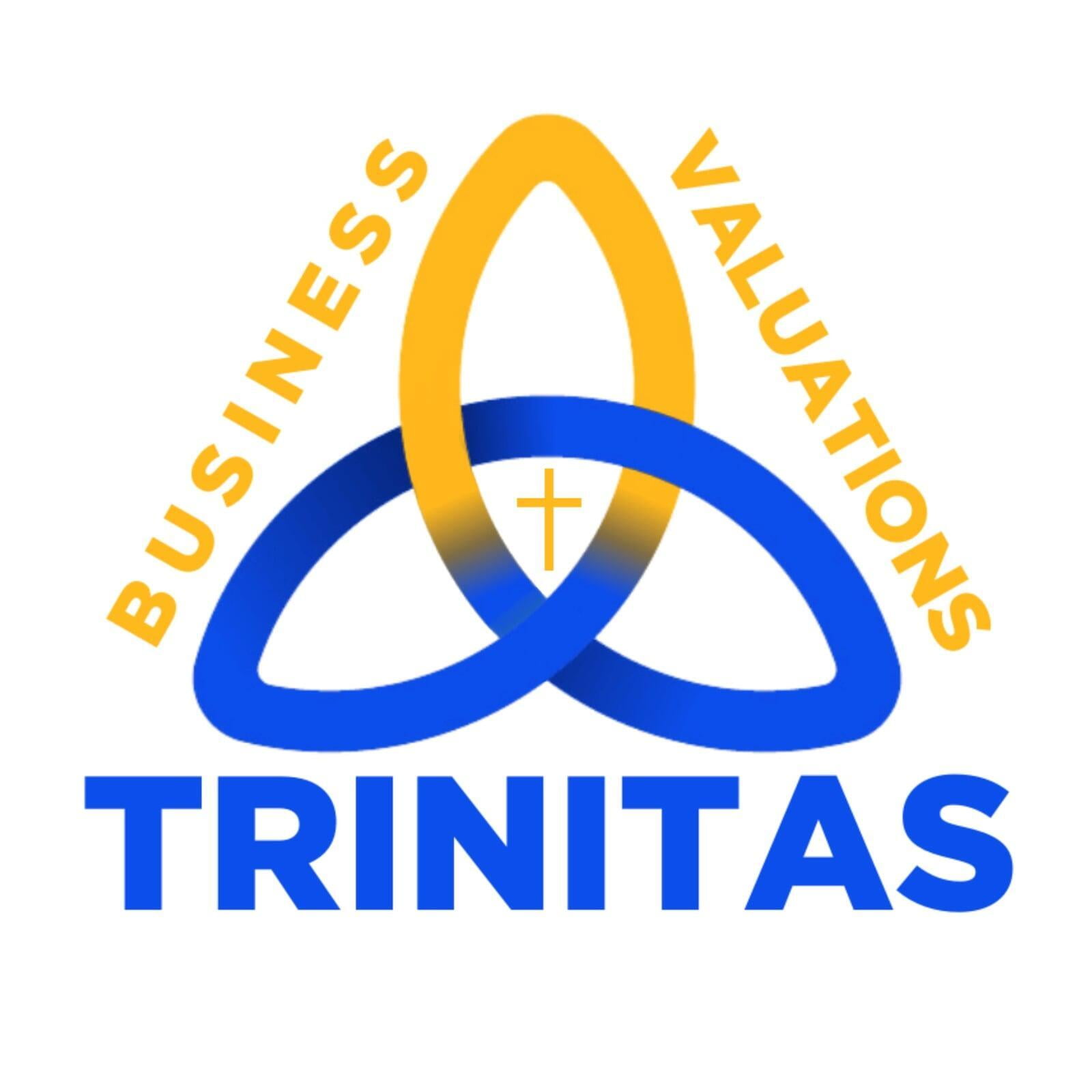How to Prepare Financials for a Business Valuation — 7-Step Checklist
When business owners prepare for a valuation, the quality of financial information can make or break the process. Clean, organized records speed up the valuation, increase confidence in the numbers, and often improve the final valuation result.
Here’s a simple seven-step checklist to get your financials ready.
1. Gather Profit & Loss Statements
Provide detailed monthly and annual profit & loss (P&L) statements for the past three to five years. This shows your business performance trend and helps valuers identify normalization adjustments.
2. Collect Balance Sheets
Include year-end and interim balance sheets that clearly show assets, liabilities, and equity. Add notes for any major changes such as new loans or asset purchases.
3. Include Tax Returns
Submit at least three years of business tax returns (and owner’s returns if applicable). These confirm consistency with your accounting records and help valuers verify reported income.
4. Provide Accounts Receivable and Payable Reports
Your current AR/AP aging reports help the valuer assess customer reliability, payment behavior, and any potential bad debts.
5. Gather Bank Statements
Provide the last 12 months of bank statements for all business accounts. They help confirm cash balances and transaction trends.
6. Prepare Debt and Lease Schedules
List all loans, interest rates, maturity dates, equipment leases, and property leases. Disclosing these upfront prevents delays in valuation analysis.
7. Document Adjustments and Owner Benefits
Clearly list one-time expenses, owner benefits, or discretionary costs that would not continue after a sale. This helps normalize earnings for a fair market valuation.
Quick Tips
Label all files consistently (e.g., “2024_P&L_Monthly.xlsx”).
Provide brief notes for any unusual spikes in revenue or expenses.
Prepare a simple one-page management summary of your business model and growth outlook.
Next Steps
Once your documents are ready, consider scheduling a discovery call to review valuation options.
You can learn more about our Business Valuation or explore related insights such as our article on the Value Driver: Hub & Spoke
